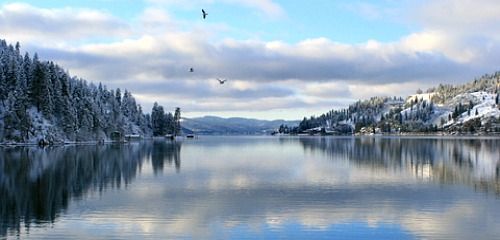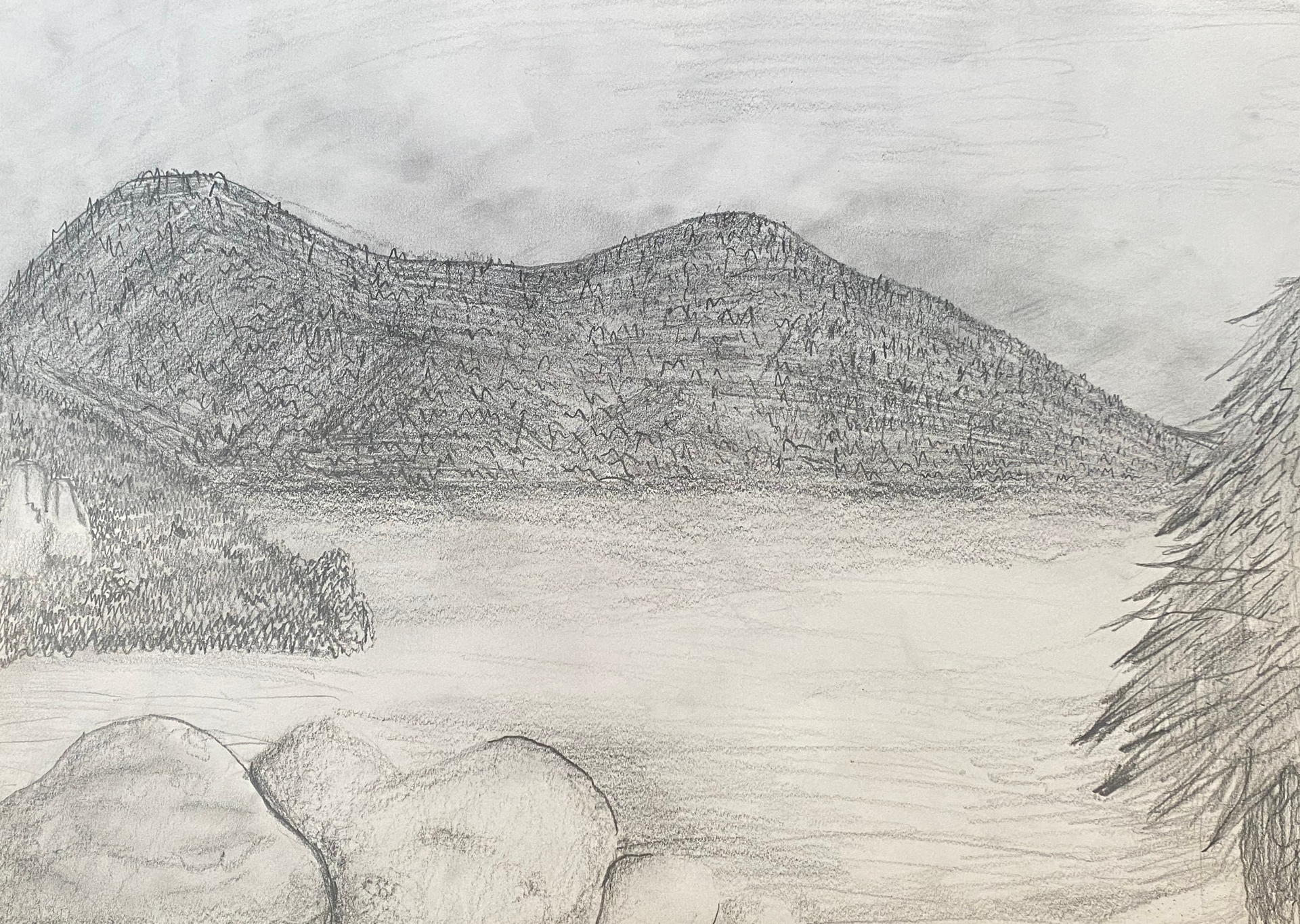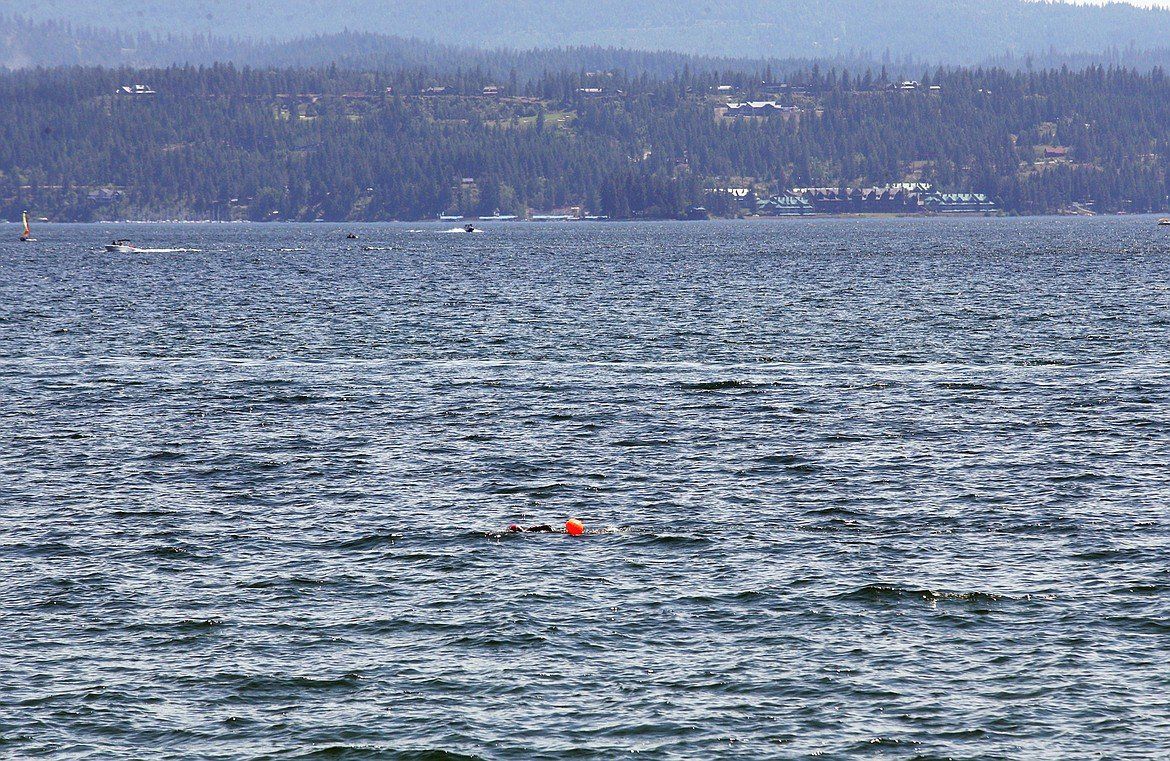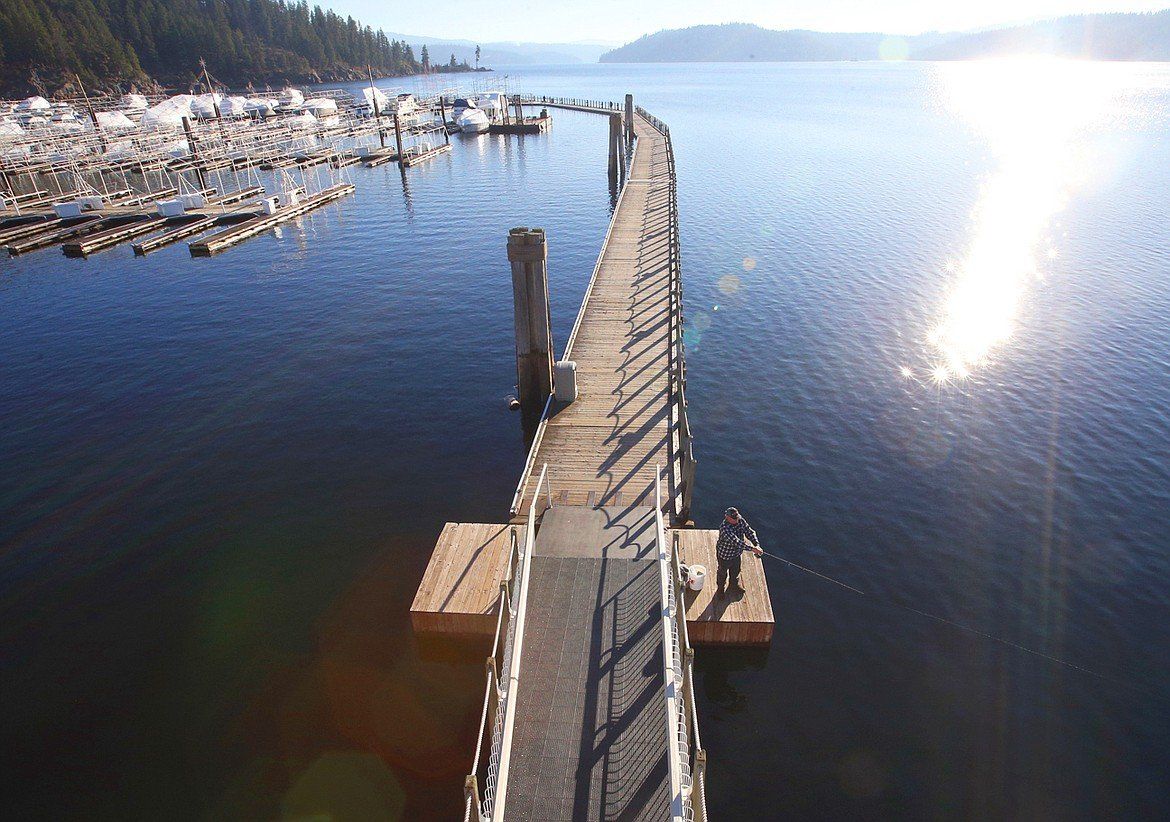Bottom Sediments and Their Risk
Bottom Sediments and Their Risk
This story was written by the Our Gem Collaborative team for the CDA Press on Sunday, March 14, 2021. Read the original article.
A National Academies of Science (NAS) will evaluate Coeur d’Alene Lake water quality data including heavy metals, nutrients, dissolved oxygen and more. The expectation is that the review will enable the NAS committee to draw conclusions about trends in water quality including include whether sufficient data has been collected to address possible adverse or catastrophic events in the lake.
So what are the key data for evaluation by the NAS committee? You’ve likely heard of potentially toxic heavy metals contained in the lakebed sediments in Coeur d’Alene Lake. The longstanding effort of the Coeur d’Alene Lake Management Plan is to reduce phosphorus and nitrogen levels to keep those metals bound to lakebed sediments.
Sediments are a mixture of eroded soil, airborne dust, broken-down organic matter and water that compose the lakebed ecosystem. Sediments act like compost but with less organic material and a lot more soil. Like compost, sediments change if you “close the lid and let them cook.” They change color and consistency. They start to stink as bacteria in the sediment “eat” the organic matter and “breathe” oxygen, nitrogen, sulfur, carbon dioxide and even the iron minerals that form the sediments themselves. This bacterial activity causes sediment minerals to dissolve and release chemicals, like phosphorus and metals, that escape and freely move into the water column.
The processes of water and sediment interactions is referred to as benthic flux. Benthic refers to the lake bottom sediments, and flux is the movement of dissolved chemicals like zinc or phosphate out of the sediments and into the water.
Benthic flux is evident when the lake is thermally layered, such as in the peak of summer. A lake can have a warm surface layer of water that floats on top of a cooler bottom layer during summer weather. The warm surface isolates the cooler bottom water from mixing with the atmosphere.
With no oxygen dissolving into the cooler bottom waters during this isolation, the bacteria use up oxygen in the bottom waters as they consume food and nutrients. This process accelerates with excessive nutrients that promote plant and algae growth. Increased productivity leads to larger amounts of organic matter decomposing which consumes more lakebed oxygen. With low oxygen in the bottom waters, the “lid” can be taken off and chemicals released from the sediments.
Metals and nutrients freed to dissolve in the bottom waters of the lake become available for uptake by organisms such as algae and fish. At high levels, released metals can negatively affect these organisms along with the food webs they depend upon.
Taking the “lid” off bottom sediments in Coeur d’Alene Lake is more dangerous than in most lakes due to the millions of tons of heavy metals in the sediment. We cannot control the oxygen supply in a lake as large as Coeur d’Alene, but by controlling nutrients that spur excessive plant and algae growth, we can keep the oxygen lid and metals in place.
Our community can limit nutrient inputs to the lake through proper lawn care, responsible boating practices, proper septic system maintenance, reducing pollutants in stormwater runoff and following construction Best Management Practices.








